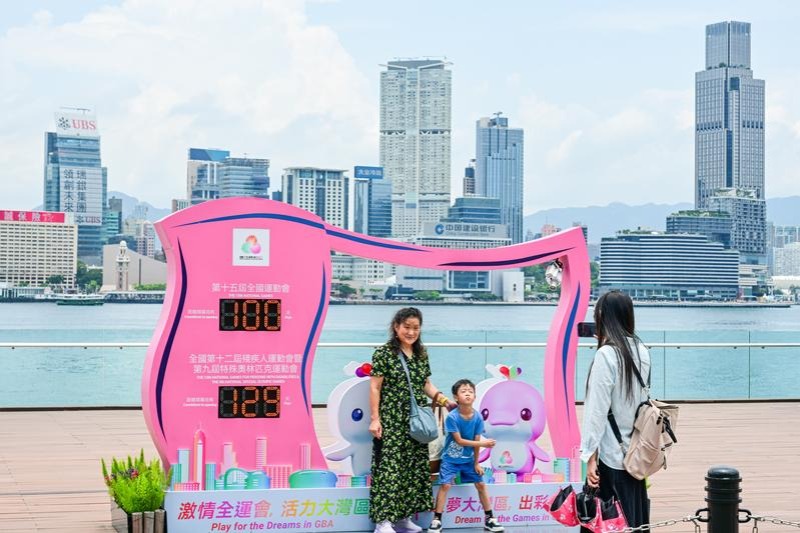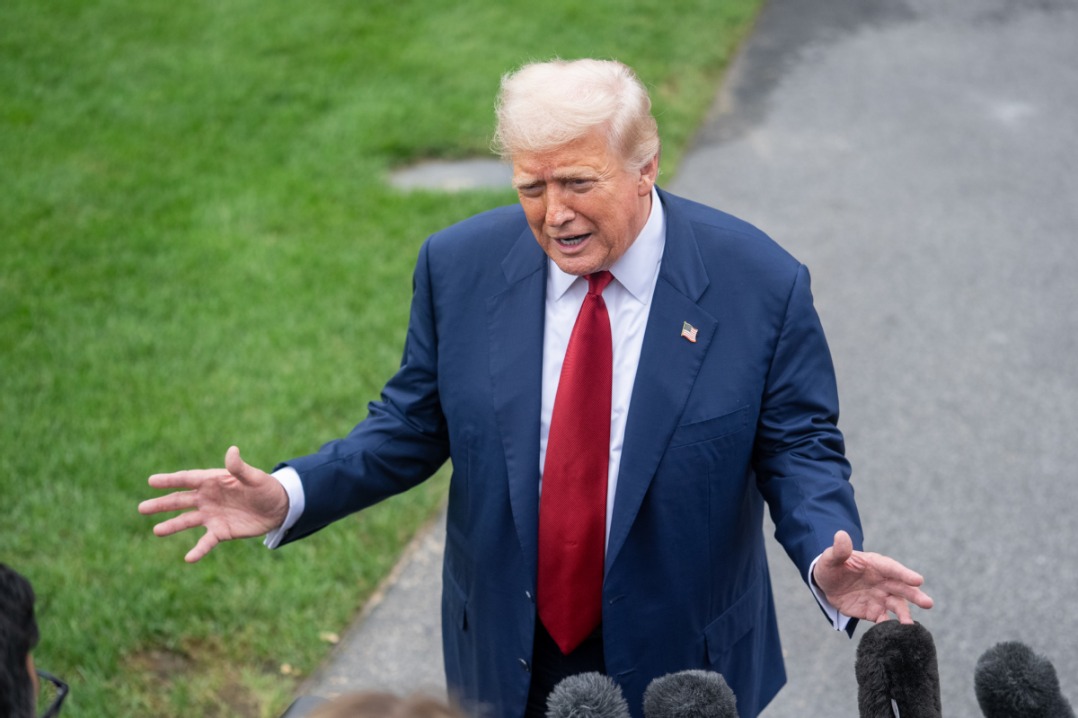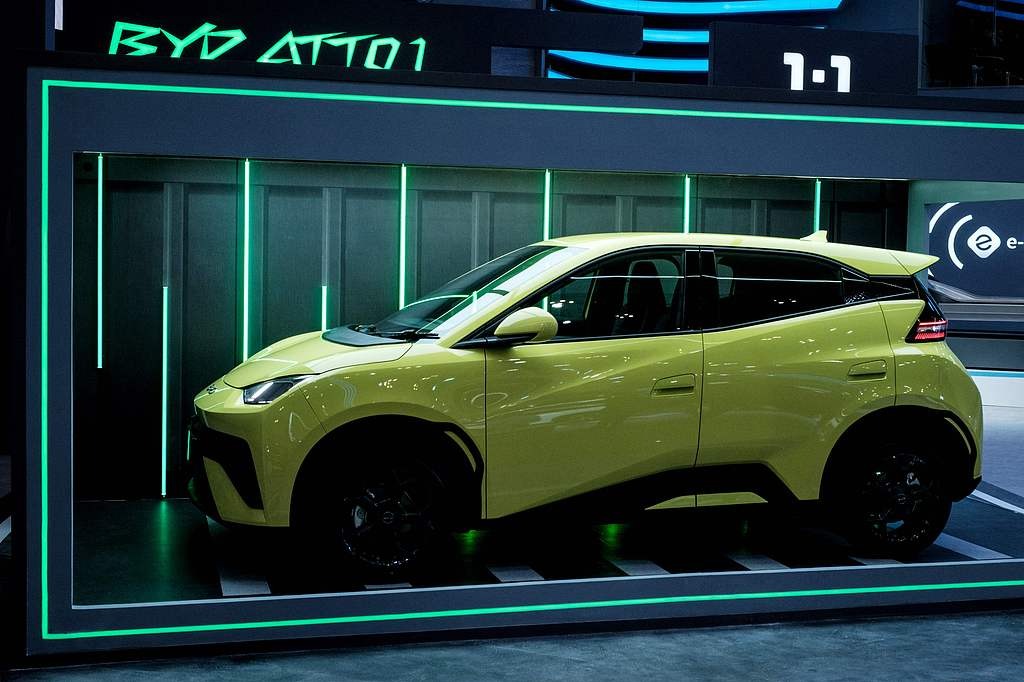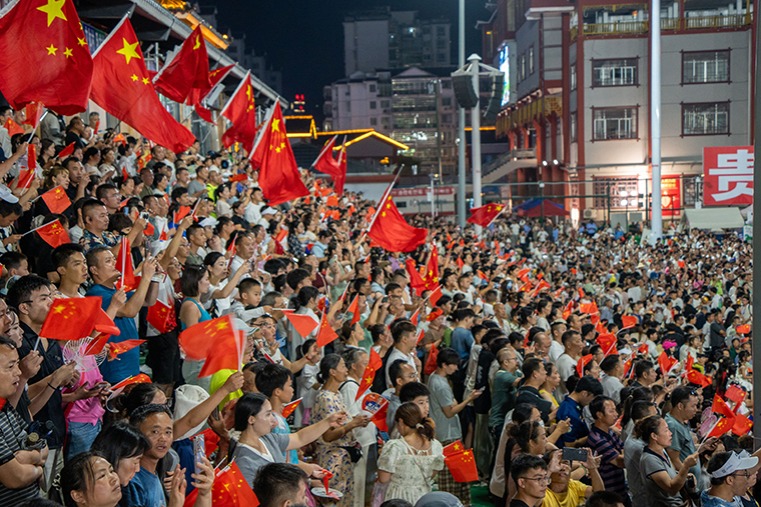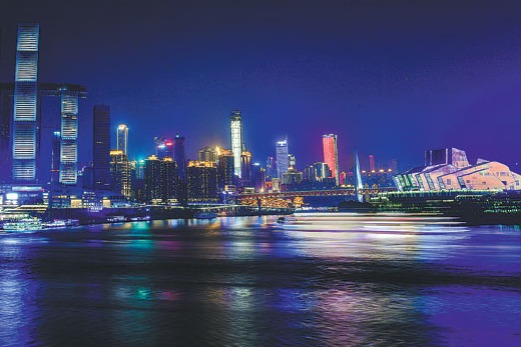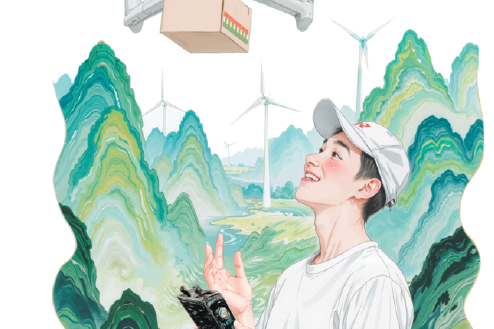Upgraded logistics mean top speed Singles Day deliveries


The quantity of online goods ordered during the Singles Day shopping event this year touched a record high, but express delivery speed was just as fast, beyond many people's expectations.
According to the State Post Bureau, their employees and other express delivery companies handled 675 million express delivery packages on Wednesday, the day of the event, and altogether 3.97 trillion packages between Nov 1 and 11.
Such a huge spike in ordered volume of online goods puts great pressure on the express delivery logistic channel. Singles Day shopping events in the past few years have expectedly been marked by delayed deliveries. However, this year many customers were surprised to receive the goods they had ordered on Singles Day itself.
The secret behind the swift deliveries despite such huge orders is the continuous upgrading of the logistic industry in terms of technology and operation.
It was the first time that many enterprises adopted the "top speed arrival" delivery model during the Singles Day shopping event.
Unlike in previous years, this year the delivery mechanism started rolling the moment customers paid a deposit amount, as early as Nov 1. The goods were then sent to the customer's nearest community express delivery station, all set for delivery on Singles Day on payment of the remaining balance. This formula remarkably accelerated delivery speed.
The improved speed had a lot to do also with the ever-increasing digitalization of the express delivery industry. Automated assembly lines and the application of robots, artificial intelligence and big data too did wonders for delivery speed. Nowadays, customers can even watch the entire process of picking up, packing and delivery through livestreaming, and some customers received their packages from the hands of an intelligent delivery robot.
This year's Singles Day shopping event shows how high-end technology and advanced operation methods bring in efficiency, making our lives better. They are also conducive for the transition to dual circulation in the future by boosting consumption.
















